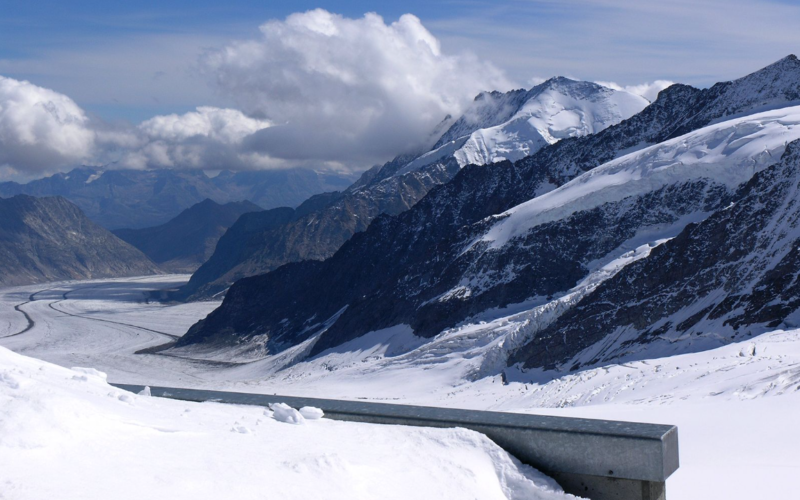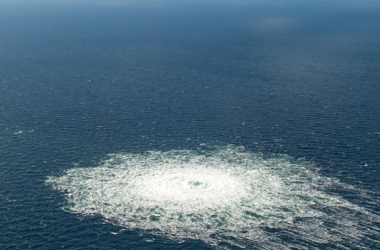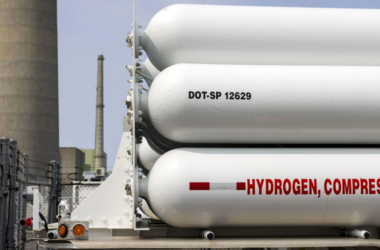Switzerland’s iconic glaciers are facing an unprecedented crisis as they experience the most significant loss of ice volume on record, with a staggering 10% decline occurring over the course of just two consecutive years.
The alarming rate of ice melt over the past couple of years has raised concerns among scientists and environmentalists. The data highlights the devastating impact of rising global temperatures on Switzerland’s glacial landscapes. As temperatures continue to climb, these ice formations are retreating at an alarming pace, jeopardizing not only their iconic status but also contributing to rising sea levels and broader climate-related challenges.
A panel from the Swiss Academy of Sciences has reported a significant increase in the rate of glacier melt in Switzerland, a country renowned for its Alpine glaciers. Switzerland has witnessed a remarkable loss of 10% of its total ice volume in just a span of two years. This alarming trend can be attributed to a combination of exceptionally high summer temperatures and reduced snowfall during the winter months.
Switzerland, boasting the largest number of glaciers in Europe, has experienced a 4% reduction in its glacier volume in the year 2023, marking the second-largest annual decline. This follows a 6% decrease in 2022, which was already the most substantial ice loss ever recorded since measurements began. The Cryosphere Observation Commission of the academy reported these concerning findings.
The GLAMOS glacier monitoring center had been closely monitoring signs of potential extreme melt this year, especially considering Switzerland’s approximately 1,400 glaciers, a number that is now dwindling.
The academy stated, “The acceleration is dramatic, with as much ice being lost in only two years as was the case between 1960 and 1990. The two consecutive extreme years have resulted in the collapse of glacier tongues and the disappearance of numerous smaller glaciers.”
This “massive ice loss” can be attributed to a winter characterized by significantly reduced snowfall, which usually blankets the glaciers and shields them from direct exposure to sunlight, combined with exceptionally high summer temperatures.
These findings serve as a stark reminder of the pressing challenges posed by climate change, which are increasingly evident in the rapid deterioration of Switzerland’s iconic glaciers. The situation underscores the critical need for immediate and concerted global efforts to address the root causes of climate change and mitigate its far-reaching consequences.
Switzerland’s glaciers are not only a natural wonder but also a crucial water resource for the region, providing freshwater for communities and supporting biodiversity. Their rapid decline serves as a sobering indicator of the profound changes taking place in the world’s climate.








